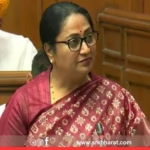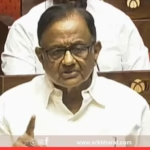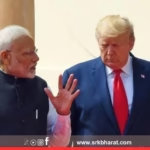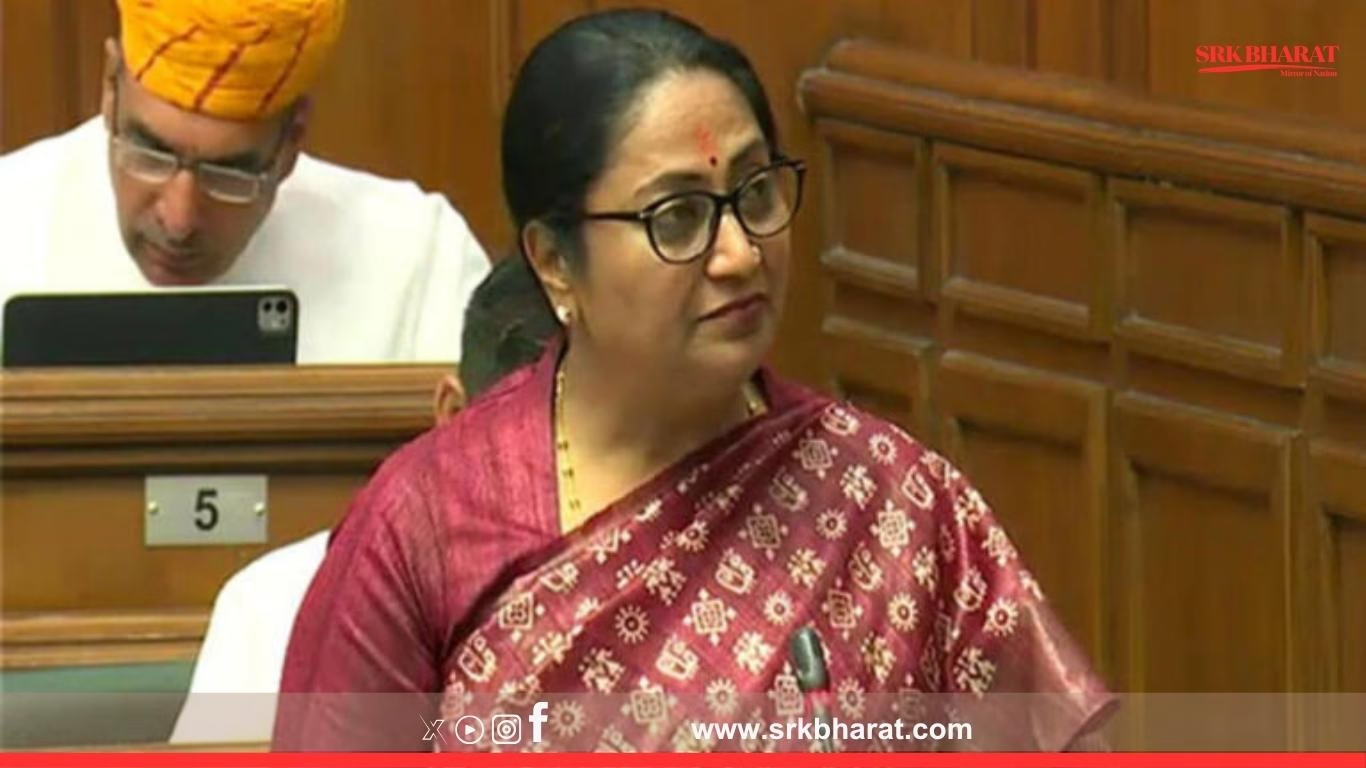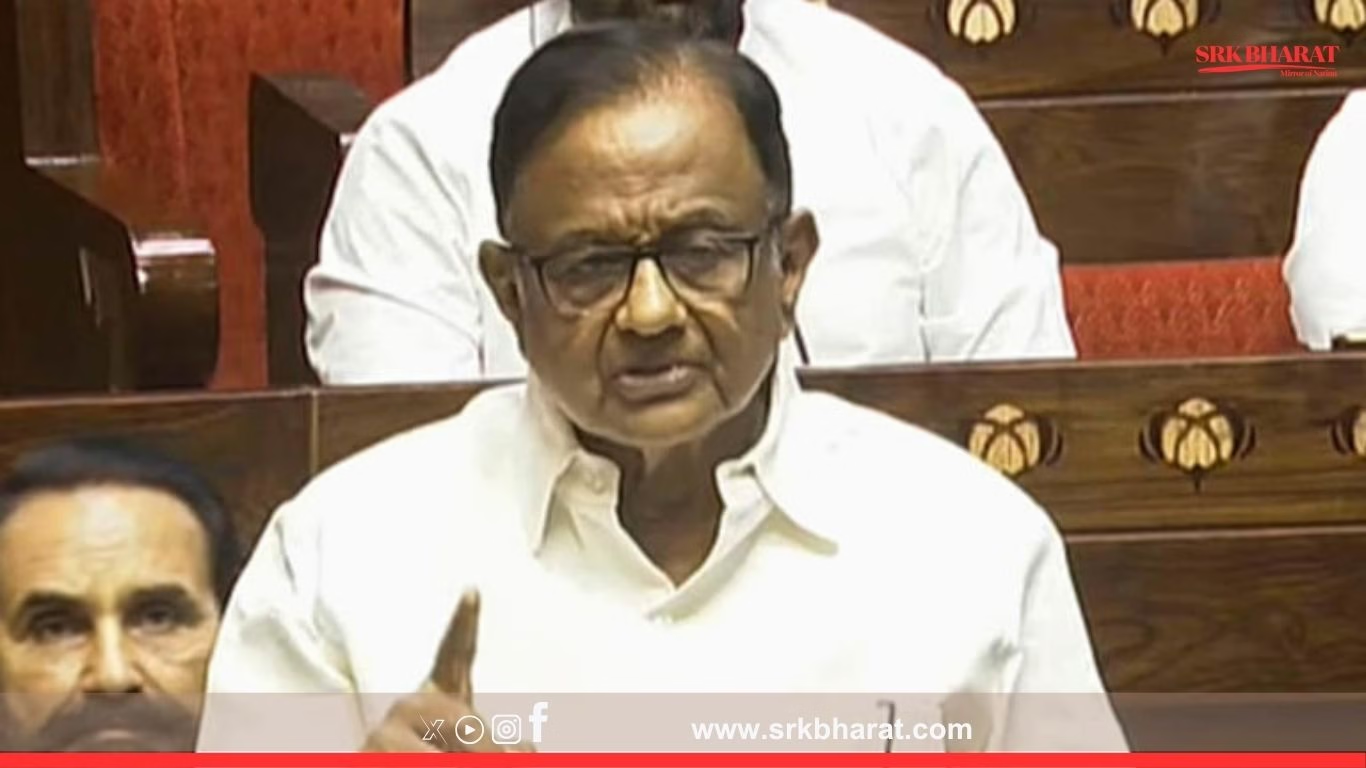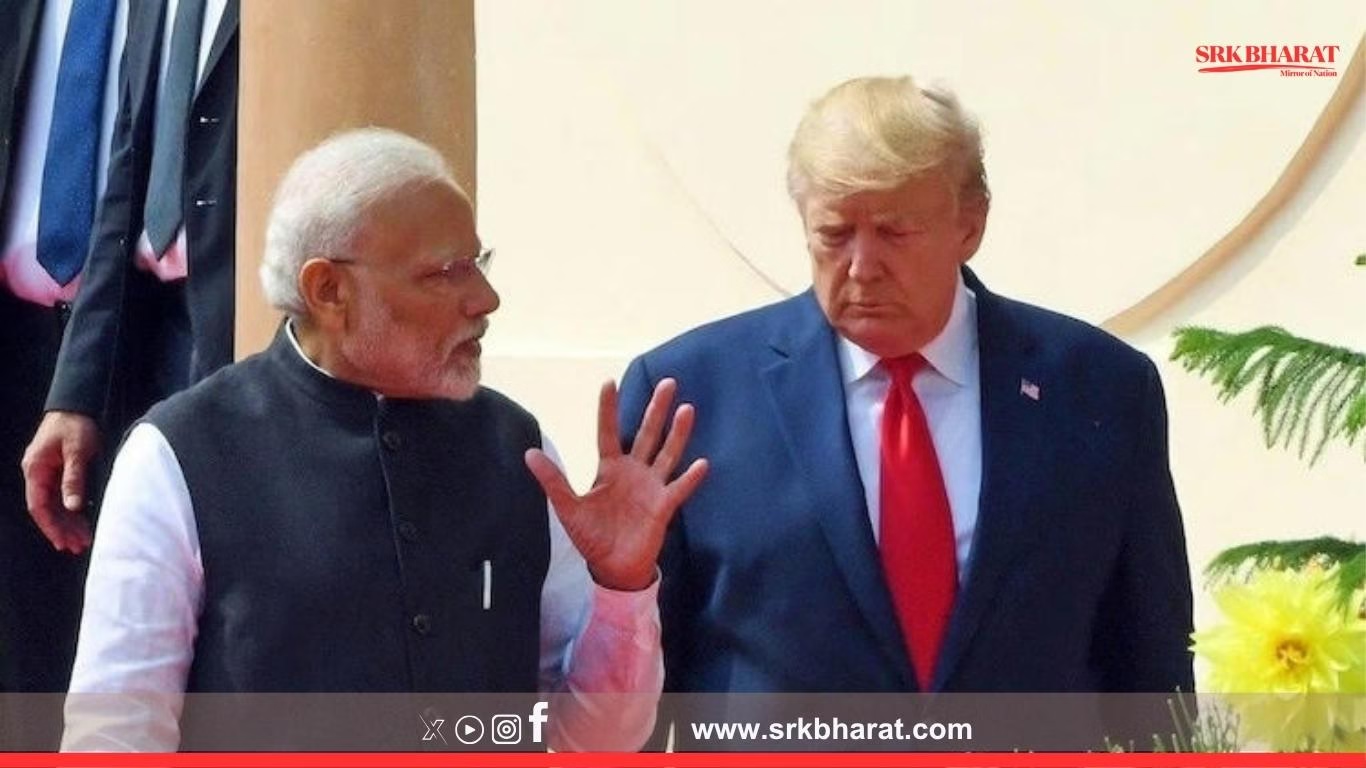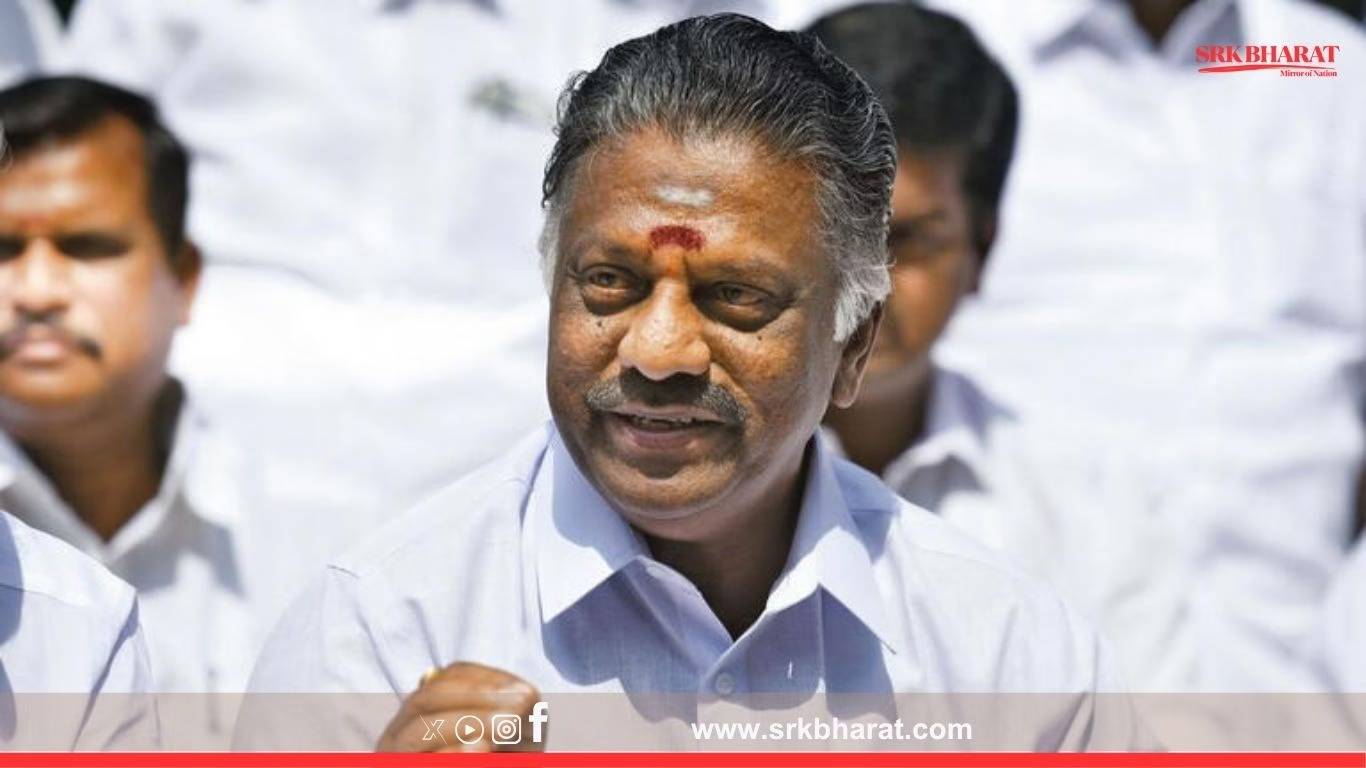In a landmark public health achievement, India has been officially declared free of trachoma by the World Health Organization (WHO), marking a significant milestone in the country’s fight against preventable blindness. Prime Minister Narendra Modi, in the 123rd episode of his monthly radio program ‘Mann Ki Baat’, hailed the declaration as a “success of our health workers”, while also acknowledging the pivotal role of the Jal Jeevan Mission in improving hygiene and sanitation across rural India.
👁️ What Is Trachoma?
Trachoma is a bacterial eye infection caused by Chlamydia trachomatis. It spreads through contact with eye discharge, contaminated towels, and flies, particularly in areas with poor sanitation and limited access to clean water. Repeated infections can lead to trachomatous trichiasis, a painful condition where the eyelids turn inward, causing eyelashes to scratch the cornea and eventually lead to irreversible blindness.
Globally, trachoma remains a leading cause of preventable blindness, especially in underdeveloped regions. According to WHO, over 1.9 million people worldwide are visually impaired due to trachoma, and 142 million are at risk.
🏆 India’s Certification: A Global Milestone
India received the Certificate of Elimination of Trachoma as a Public Health Problem at the 78th World Health Assembly held in Geneva in May 2025. The certification confirms that India has met WHO’s criteria, which include:
- Less than 0.2% prevalence of active trachoma among children aged 1–9 years
- Less than 0.1% prevalence of trachomatous trichiasis among adults aged 15 and above
- A robust surveillance and reporting system to monitor and prevent resurgence
India is now the third country in the WHO South-East Asia Region to achieve this milestone, following Nepal and Thailand.
🗣️ PM Modi’s Statement: “A Victory for Health Workers”
During his Mann Ki Baat address, PM Modi expressed pride in the achievement:
“I am delighted to share with you that WHO has declared India free of trachoma, an eye disease. This is the success of our health workers. The ‘Jal Jeevan Mission’ has contributed to this.”
He also highlighted the broader impact of improved sanitation and water access on public health and reiterated the government’s commitment to eradicating other neglected tropical diseases.
🧪 The Role of NPCBVI and the SAFE Strategy
India’s success in eliminating trachoma is largely attributed to the National Programme for Control of Blindness and Visual Impairment (NPCBVI). The program adopted WHO’s SAFE strategy, which includes:
- Surgery for trichiasis to prevent blindness
- Antibiotics, particularly mass distribution of azithromycin
- Facial cleanliness campaigns in schools and communities
- Environmental improvements, including sanitation and access to clean water
Between 2021 and 2024, the government conducted the National Trachomatous Trichiasis Survey across 200 endemic districts, collecting data using WHO’s standardized formats.
🚰 Jal Jeevan Mission: A Game-Changer
Launched in 2019, the Jal Jeevan Mission aims to provide tap water to every rural household in India. By improving access to clean water, the mission has played a crucial role in reducing the spread of trachoma and other hygiene-related diseases.
PM Modi emphasized that the mission’s success in ensuring daily face washing and sanitation in rural areas directly contributed to breaking the transmission cycle of trachoma.
👩⚕️ Health Workers: The Unsung Heroes
From Accredited Social Health Activists (ASHAs) to ophthalmic assistants and community volunteers, India’s health workers were instrumental in:
- Conducting door-to-door screenings
- Distributing antibiotics and hygiene kits
- Performing corrective surgeries
- Educating communities on facial cleanliness and sanitation
Their grassroots efforts ensured that even the most remote villages were reached, making elimination possible.
🧠 Expert Reactions
Public health experts and international organizations have lauded India’s achievement:
- Dr. Anjali Mehra, WHO India Representative:
“India’s elimination of trachoma is a testament to sustained political will, intersectoral collaboration, and community engagement.” - Dr. Sunil Rastogi, National Coordinator, NPCBVI:
“This milestone reflects years of hard work by health workers and the integration of eye care into primary health services.”
📊 Social and Economic Impact
Eliminating trachoma has far-reaching benefits:
- Reduced blindness improves quality of life and productivity
- Lower healthcare costs for families and the government
- Empowerment of women and children, who are disproportionately affected
- Boost to rural education, as children with healthy vision attend school more regularly
🔍 Sustaining the Gains
While the elimination is a major victory, experts caution that vigilance is essential to prevent resurgence. Key steps include:
- Continued surveillance and reporting through district health systems
- Maintenance of WASH infrastructure under Jal Jeevan and Swachh Bharat Missions
- Ongoing health education in schools and communities
- Integration of eye care services into Ayushman Bharat Health and Wellness Centres
🌍 Global Context: India’s Model for the World
India’s success offers a replicable model for other endemic countries, particularly in Africa and Southeast Asia. The combination of political commitment, community-based interventions, and infrastructure development demonstrates how large-scale public health challenges can be overcome.
📌 Conclusion
India’s declaration as a trachoma-free nation is not just a medical milestone—it’s a story of resilience, innovation, and grassroots action. As PM Modi rightly noted, it is the health workers, often working in silence and hardship, who deserve the spotlight. With continued investment in sanitation, surveillance, and education, India is poised to eliminate more neglected tropical diseases and set new benchmarks in global health leadership.
Stay tuned for more updates on India’s public health milestones.



